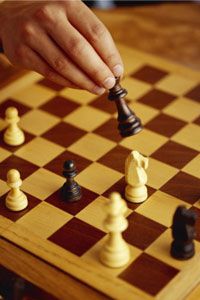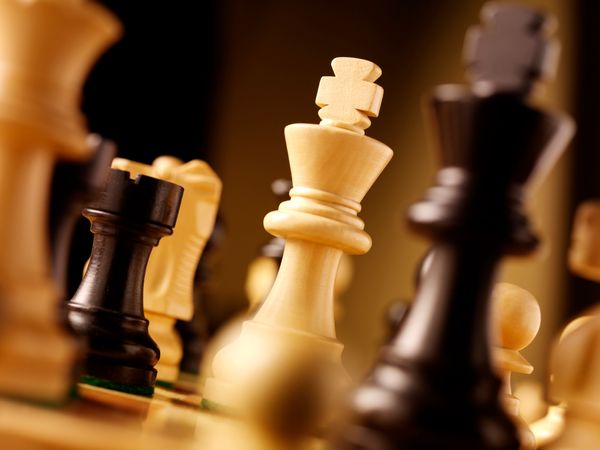The human mind craves games and puzzles. Throughout history and across cultures, people have developed games as though they were fundamental to life. Chess is one of world's most enduring games, with early versions dating back to sixth-century India. Over the next several centuries, the game gradually spread through Persia and southern Europe, and later, by means of the Vikings to England. Chess exploded in popularity and eventually received standardized rules in the 19th century.
Today, chess enthusiasts tout the educational value of the game, with some studies claiming that learning the skills involved helps students develop academically [source: Smith]. This is understandable, as chess challenges players to think ahead, considering multiple possibilities and consequences of their actions as well as anticipating others' actions. Chess is also deceptively accessible: Although it's easy enough for young children to learn and even compete against adults, it's challenging and complicated enough to become a lifelong study -- and a lifelong love. Chess enthusiasts are captivated by the beauty of the game's simplicity and strategies.
Advertisement
Those who can't get enough of the game -- and have a passion for it that goes beyond simple one-on-one competition -- also play chess puzzles. Unlike playing out a whole game with a competitor, a chess puzzle will present a particular scenario on a chess board and challenge a player to perform a particular task with it. This task is often to play as one side (usually white) and try to win the game in a certain number of moves (usually two or three). But there are also other types of chess puzzles that require a player to perform very different kinds of tasks. Remarkably, chess puzzles are about as old as chess itself. Early chess masters of the eighth and ninth centuries composed their own challenges.
Chess puzzles are great for developing competitive skills. Some experts say that studying endgame scenarios is the best way for beginners to advance their knowledge of strategy. But other, more advanced puzzles pose scenarios that are statistically improbable -- that is, an average game with competent players would never produce them. People play such puzzles not so much to become better competitors, but rather to be challenged in a new way, requiring strategy that's often counterintuitive and relies on surprising sacrifices. One such ninth-century puzzle supposedly took more than a thousand years to solve [source: Shenk].
So, what types of chess puzzles can you play if you want to shape up your brain?
Advertisement



